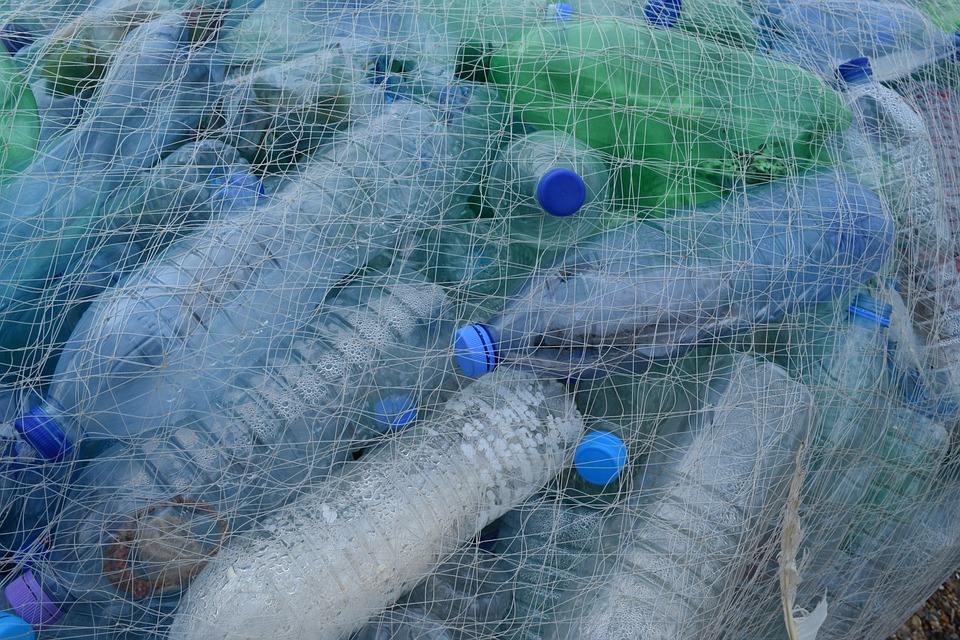Switching to electric trucks and buses could save 57,000 lives by 2050, new report claims
05/31/2021 / By Divina Ramirez

Switching to electric trucks and buses could prevent up to 57,000 premature deaths and slash over 450 million tons of nitrogen oxide emissions by 2050. Those are the findings of a recent report by the Environmental Defense Fund (EDF), a global nonprofit environmental advocacy organization based in New York.
The report, titled “Clean Trucks, Clean Air, American Jobs,” ensured that all new heavy-duty trucks and buses sold by 2040 are zero-emissions, which, in turn, will have substantial benefits. Those benefits include eliminating 4.7 billion tons of greenhouse gas emissions by 2050 and reducing particle pollution by 9,000 tons per year by 2040.
Eliminating tailpipe pollution from gas-powered trucks and buses would also leave the nation with about $485 billion in health and environmental benefits by 2040 as a result of pollution reductions.
Peter Zalzal, the organization’s senior director for transportation, said that getting “clean” freight trucks on the road will improve people’s health and reduce dangerous air pollution, one that burdens lower-income neighborhoods and communities of color.
Zalzal added that switching to clean trucks and buses will help the U.S. meet its climate goals and open up jobs for millions of Americans.
Clean trucks, buses have several benefits
Clean transportation is at the heart of President Joe Biden’s Build Back Better recovery plan. The plan involves the U.S. spending $7 trillion on initiatives such as infrastructure, which includes the creation of 10 million jobs in the clean energy sector.

However, EDF President Fred Krupp argues that clean transportation can’t be accomplished if the government does not put the U.S. on a path to 100 percent clean new trucks and buses by 2040 and commit to setting ambitious pollution standards to ensure this transition.
The U.S. has almost 13 million heavy-duty trucks and buses. These vehicles produce much more pollution than the entire British economy. And although they make up only about four percent of vehicles on the road, they are the biggest contributor to ozone-forming oxides of nitrogen emissions and health.
Ozone at ground level is a harmful air pollutant. It is the main ingredient, so to speak, in smog, a type of severe air pollution typically seen in cities and industrial regions. Worldwide, ozone contributes to hundreds of thousands of premature deaths and millions of asthma-related emergency room admissions.
Furthermore, truck and bus pollution has a substantial and negative impact on human health. It affects infants and children, as well as adults and the elderly. Plus, those who live closest to roads, ports, freight depots, distribution centers and other well-known sources of truck and bus pollution face the most harm.
Moreover, at least 20,000 Americans die prematurely each year due to pollution from trucks and buses. Worse still is the fact that air pollution has a greater impact on people of color and lower-income households.
Moving Forward Network (MFN), a network of member organizations that work with communities affected by the global freight transportation system, found in its recent report that Asian and Black Americans are, on average, exposed to higher levels of particulate matter 2.5 (PM2.5) pollution than white Americans.
Exposure to fine particles like PM2.5 can cause acute health effects, such as eye and throat irritation, shortness of breath and runny nose. In the long term, exposure to fine particles can impair lung function and worsen health conditions like asthma and heart disease.
People who drive or ride buses also face elevated health risks due to their proximity to tailpipe emissions. Prior to the coronavirus pandemic, there were nearly half a million school buses on U.S. roads. These traveled a total of 3.4 billion miles per year to transport 25 million children every school day.
Children are much more susceptible to air pollution than adults. Yet they breathe in bus fumes twice daily each school day. According to a study by researchers from Georgia State University, retrofitting school buses to reduce their emissions would significantly improve children’s respiratory health and aerobic capacity.
Given the adverse effects of truck and bus pollution on human and environmental health, a shift to clean, zero-emission trucks and buses would help save lives and bring cleaner air to neighborhoods across the country. (Related: Are hydrogen-powered freight trucks ready to roll out?)
Go to RoboCars.news to learn more about the advantages of electric cars and other zero-emission vehicles.
Sources include:
Tagged Under:





















